Home>Furniture & Design>Bathroom Accessories>How To Unclog A Toilet When The Plunger Won’t Work
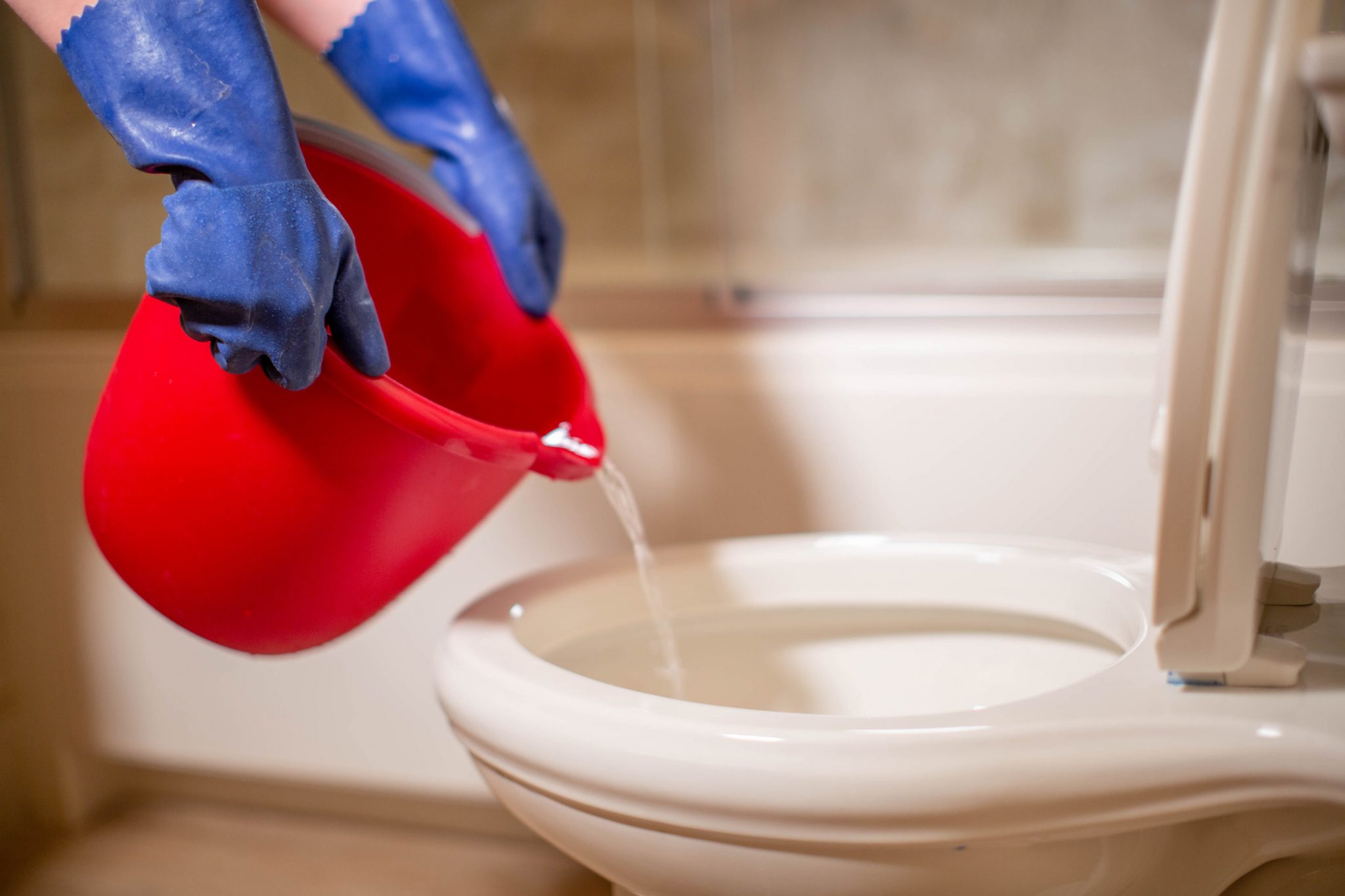

Bathroom Accessories
How To Unclog A Toilet When The Plunger Won’t Work
Modified: February 18, 2024
Learn effective methods to unclog a toilet without a plunger. Discover essential bathroom accessories for tackling stubborn clogs.
(Many of the links in this article redirect to a specific reviewed product. Your purchase of these products through affiliate links helps to generate commission for Storables.com, at no extra cost. Learn more)
Introduction
Dealing with a clogged toilet can be a frustrating and unpleasant experience, especially when the trusty plunger fails to do the trick. However, before you call a professional plumber and incur additional expenses, there are several steps you can take to tackle the issue on your own. By following the methods outlined in this guide, you can effectively address a stubborn clog and restore your toilet to proper working condition.
A clogged toilet is a common household problem that can occur due to various reasons, such as excessive toilet paper usage, flushing non-flushable items, or a build-up of organic matter and mineral deposits in the pipes. When faced with this predicament, it's important to remain calm and approach the situation methodically. By taking the time to assess the severity of the clog and employing the appropriate tools and techniques, you can often resolve the issue without professional assistance.
In the following steps, we will explore alternative methods for unclogging a toilet when the plunger proves ineffective. From utilizing a toilet auger to creating a homemade solution, you'll discover practical strategies to address different types of clogs. By familiarizing yourself with these approaches, you can gain the confidence to tackle toilet clogs with ease and efficiency.
Whether you're a homeowner, a renter, or simply someone faced with a clogged toilet in need of immediate attention, this guide will equip you with the knowledge and skills to address the issue effectively. By following the step-by-step instructions and leveraging the suggested tools and techniques, you can navigate the challenge of a stubborn toilet clog and restore proper functionality to your bathroom. Let's dive into the methods and empower you to resolve the issue without the need for professional intervention.
Key Takeaways:
- Don’t panic if your plunger fails! Try a toilet auger or homemade solution to unclog your toilet. You can do it yourself and save money on professional help.
- If DIY methods don’t work, it’s okay to call a professional plumber. They have the expertise and tools to tackle stubborn clogs and ensure long-term functionality.
Step 1: Gather necessary tools
Before embarking on the task of unclogging a toilet that resists the efforts of a plunger, it's essential to gather the necessary tools to effectively address the issue. Having the right equipment at your disposal can significantly increase the likelihood of successfully clearing the clog and restoring proper functionality to the toilet. Here are the essential tools you'll need to have on hand:
-
Toilet Auger: Also known as a plumbing snake, a toilet auger is a specialized tool designed to navigate through the curves of the toilet drain and dislodge stubborn clogs. It consists of a long, flexible cable with a coiled end that can effectively break apart and retrieve blockages within the toilet's pipes.
-
Rubber Gloves: When dealing with a clogged toilet, it's important to protect your hands from coming into direct contact with any waste or unsanitary materials. Rubber gloves provide a barrier and help maintain hygiene while working to resolve the issue.
-
Bucket: Having a bucket on hand can be useful for various purposes, such as collecting excess water from the toilet bowl or rinsing off the toilet auger after use. It's a versatile tool that can aid in managing the cleanup process.
-
Protective Eyewear: While it may seem unconventional, wearing protective eyewear can safeguard your eyes from potential splashes or debris during the unclogging process. This precaution can prevent any accidental exposure to harmful substances.
-
Homemade Solution Ingredients: If you plan to explore homemade solutions for unclogging the toilet, gather ingredients such as baking soda, vinegar, and hot water. These common household items can be used to create a chemical reaction that may help break down the clog.
By ensuring that you have these essential tools at your disposal, you can approach the task of unclogging a stubborn toilet with confidence and preparedness. Each of these items serves a specific purpose in the unclogging process, and having them readily available can streamline the troubleshooting and resolution of the issue. With the necessary tools in hand, you're ready to proceed to the next step and explore the use of a toilet auger to address the persistent clog.
Step 2: Try using a toilet auger
When the traditional plunger fails to dislodge a stubborn toilet clog, a toilet auger, also known as a plumbing snake, emerges as a valuable tool in the battle against the blockage. This specialized instrument is designed to navigate the twists and turns of the toilet drain, allowing it to reach and effectively break apart the source of the clog.
To begin the process, carefully insert the coiled end of the toilet auger into the toilet bowl, ensuring that it goes in smoothly without causing any damage to the porcelain surface. Once the auger is inserted, gently rotate the handle in a clockwise direction while applying steady pressure. This motion allows the auger to navigate through the curves of the drain, gradually encountering and breaking apart the obstruction.
As you maneuver the toilet auger, it's important to maintain a firm but controlled approach, avoiding excessive force that could potentially damage the toilet's internal components. The goal is to systematically work the auger through the drain, effectively dislodging the clog without causing any harm to the toilet itself.
Upon encountering resistance, continue to rotate the handle and gently push the auger forward, allowing it to navigate through the blockage. With patience and persistence, the auger can effectively break apart the clog, allowing water to flow freely through the drain once again.
Once the toilet auger has successfully navigated through the clog and broken it apart, carefully retract the tool from the toilet bowl, taking care to avoid any splashes or spills. As you remove the auger, wipe it clean with a cloth or paper towels to ensure that any debris or residue is contained.
After utilizing the toilet auger, it's advisable to flush the toilet to determine if the clog has been effectively cleared. If the water drains smoothly and the toilet returns to normal functionality, you have successfully addressed the stubborn clog using this specialized tool.
By employing a toilet auger, you can effectively tackle persistent toilet clogs that resist the efforts of a plunger. This method allows you to navigate through the intricate plumbing of the toilet and address the source of the blockage, restoring proper functionality to the fixture. With the use of a toilet auger, you can confidently approach and resolve challenging toilet clogs without the need for professional intervention.
Step 3: Use a homemade solution
When faced with a stubborn toilet clog that resists conventional methods, turning to a homemade solution can offer an effective alternative for addressing the issue. By leveraging common household items and creating a chemical reaction, you can potentially break down the clog and restore proper functionality to the toilet. Here's a step-by-step guide to using a homemade solution to tackle a persistent toilet clog:
Ingredients for the Homemade Solution
To create a homemade solution for unclogging the toilet, you'll need the following ingredients:
- Baking Soda: This versatile household staple can help neutralize odors and serve as a gentle abrasive to aid in breaking down the clog.
- Vinegar: Known for its acidic properties, vinegar can react with baking soda to create a foaming action that may help dislodge the blockage.
- Hot Water: Utilizing hot water can further enhance the effectiveness of the homemade solution by helping to flush away the dislodged debris.
Step-by-Step Application
-
Begin by pouring approximately one cup of baking soda into the clogged toilet bowl. Ensure that the baking soda is distributed evenly and reaches the affected area within the drain.
-
Following the addition of baking soda, carefully pour two cups of vinegar into the toilet bowl. As the vinegar comes into contact with the baking soda, a chemical reaction will occur, resulting in a foaming action within the drain.
-
Allow the homemade solution to work its magic for several minutes, giving the chemical reaction sufficient time to break down the clog. The foaming action created by the combination of baking soda and vinegar can help dislodge the obstruction within the toilet's pipes.
-
Once the solution has had time to take effect, carefully pour hot water into the toilet bowl. The hot water serves to further flush away any dislodged debris, aiding in the clearing of the clog.
-
After adding the hot water, observe the toilet to determine if the clog has been effectively addressed. If the water begins to drain smoothly and the toilet returns to normal functionality, the homemade solution has successfully cleared the stubborn clog.
By utilizing a homemade solution consisting of baking soda, vinegar, and hot water, you can take a proactive approach to unclogging a toilet that proves resistant to traditional methods. This cost-effective and environmentally friendly method leverages the power of chemical reactions to break down the blockage, offering an alternative solution to restore proper functionality to the toilet. With the application of a homemade solution, you can effectively address persistent toilet clogs and maintain the smooth operation of your bathroom fixtures.
Try using a toilet auger to break up and remove the clog. Insert the auger into the toilet and crank the handle to push through the blockage. Be sure to follow the instructions carefully to avoid damaging the toilet.
Step 4: Call a professional plumber
In some instances, despite your best efforts and the utilization of various DIY methods, a stubborn toilet clog may persist, indicating a more complex underlying issue. When faced with a clog that proves resistant to conventional and alternative unclogging methods, it may be necessary to seek the expertise of a professional plumber. Calling upon the services of a qualified plumber can provide several advantages in addressing the persistent clog and ensuring the long-term functionality of your toilet.
Professional Assessment: A professional plumber possesses the knowledge, experience, and specialized tools to conduct a thorough assessment of the clogged toilet. By examining the plumbing system and identifying the root cause of the persistent clog, the plumber can offer valuable insights and recommendations for resolving the issue effectively.
Advanced Equipment: Professional plumbers are equipped with advanced tools and equipment designed to address complex clogs and plumbing challenges. From high-powered drain snakes to video inspection cameras, these specialized resources enable plumbers to navigate through the intricate plumbing system and pinpoint the exact location and nature of the clog.
Expert Solutions: Leveraging their expertise, professional plumbers can implement targeted solutions to address the persistent clog. Whether it involves hydro-jetting to clear out stubborn blockages or conducting repairs to damaged pipes, the plumber can offer tailored solutions to restore proper functionality to the toilet.
Preventive Maintenance: In addition to addressing the immediate clog, a professional plumber can provide valuable insights and recommendations for preventive maintenance. By identifying potential contributing factors to the clog, such as tree root intrusion or pipe corrosion, the plumber can offer guidance on proactive measures to prevent future clogging issues.
Warranty and Guarantee: Engaging the services of a professional plumber often comes with the assurance of warranty and guarantee for the work performed. This provides peace of mind, knowing that the clog has been addressed by a qualified professional and that any related issues will be rectified within the specified terms.
By calling a professional plumber to address a persistent toilet clog, you can benefit from their expertise, advanced tools, and tailored solutions, ensuring the effective resolution of the issue. This proactive approach not only addresses the immediate clog but also contributes to the long-term functionality and reliability of your plumbing system. When DIY methods prove insufficient, enlisting the assistance of a professional plumber is a prudent step towards maintaining a smoothly operating toilet and a well-functioning plumbing system.
Conclusion
In conclusion, addressing a stubborn toilet clog when the plunger fails to work can be a challenging yet manageable task. By following the steps outlined in this guide, you can navigate through the process of unclogging a toilet with confidence and effectiveness. From gathering the necessary tools to exploring alternative methods such as using a toilet auger and a homemade solution, you have the means to tackle persistent clogs without the immediate need for professional intervention.
The journey begins with the essential step of gathering the necessary tools, including a toilet auger, rubber gloves, a bucket, protective eyewear, and ingredients for a homemade solution. Equipped with these tools, you can proceed to employ a toilet auger, a specialized tool designed to navigate through the twists and turns of the toilet drain, effectively dislodging stubborn clogs. The methodical application of the toilet auger allows you to address the source of the blockage and restore proper functionality to the toilet.
Furthermore, the utilization of a homemade solution offers a cost-effective and environmentally friendly alternative for unclogging a resistant toilet. By combining baking soda, vinegar, and hot water, you can create a chemical reaction that may help break down the clog, providing an additional method to address the issue without the need for harsh chemicals or professional assistance.
In the event that DIY methods prove insufficient, the option of calling a professional plumber remains a viable and advantageous course of action. Professional plumbers bring expertise, advanced equipment, and tailored solutions to address persistent clogs, ensuring the effective resolution of the issue and contributing to the long-term functionality of the plumbing system.
By familiarizing yourself with these methods and approaches, you can empower yourself to address stubborn toilet clogs with confidence and resourcefulness. Whether you're a homeowner, a renter, or someone faced with a clogged toilet in need of immediate attention, the knowledge and skills gained from this guide enable you to navigate the challenge of a persistent clog and restore proper functionality to your bathroom fixtures.
In conclusion, the ability to address a stubborn toilet clog when the plunger won't work is within reach, thanks to the practical methods and techniques outlined in this guide. By leveraging the suggested tools and alternative approaches, you can effectively tackle toilet clogs and maintain the smooth operation of your bathroom fixtures, ensuring a hassle-free and functional living space.
Frequently Asked Questions about How To Unclog A Toilet When The Plunger Won't Work
Was this page helpful?
At Storables.com, we guarantee accurate and reliable information. Our content, validated by Expert Board Contributors, is crafted following stringent Editorial Policies. We're committed to providing you with well-researched, expert-backed insights for all your informational needs.
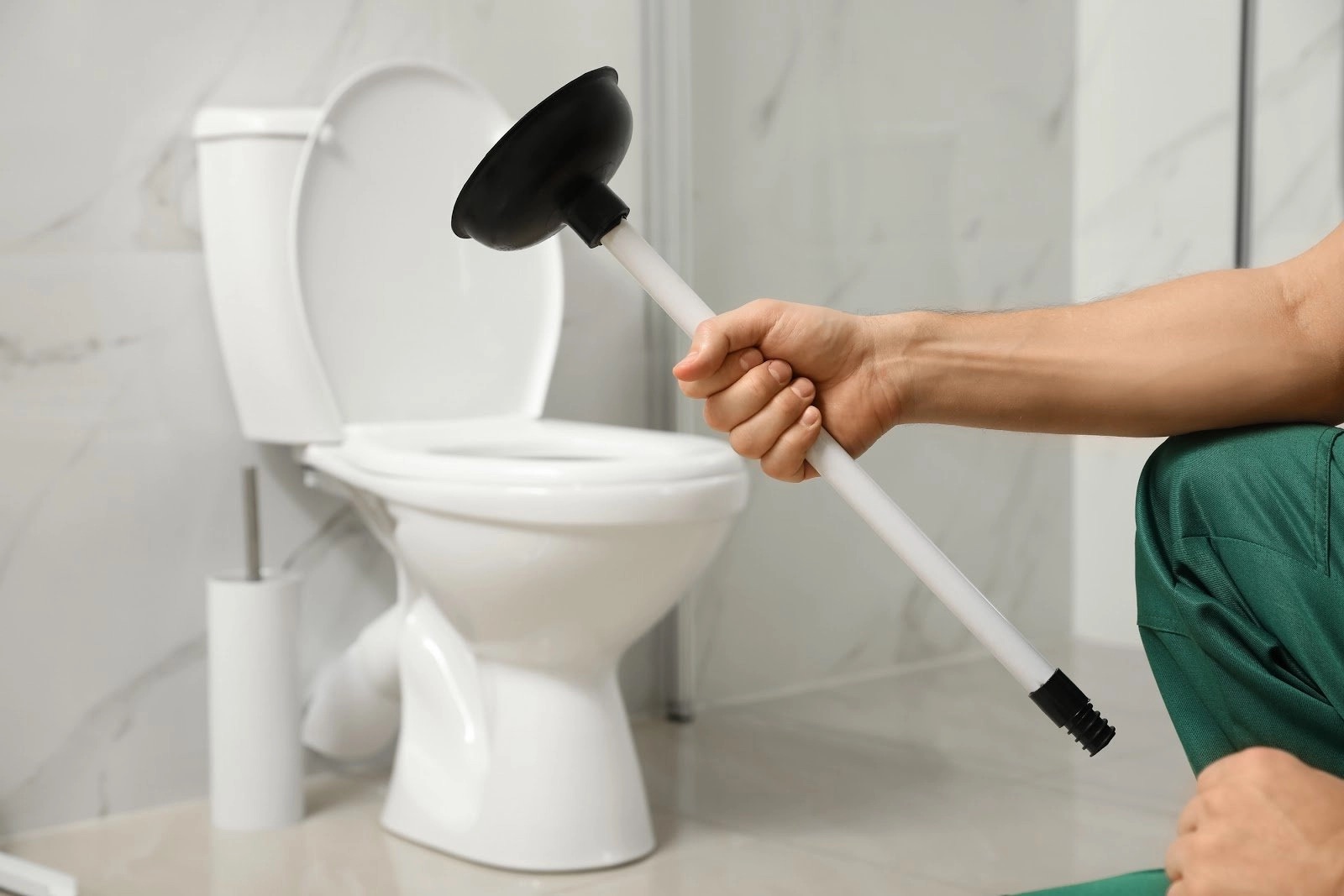
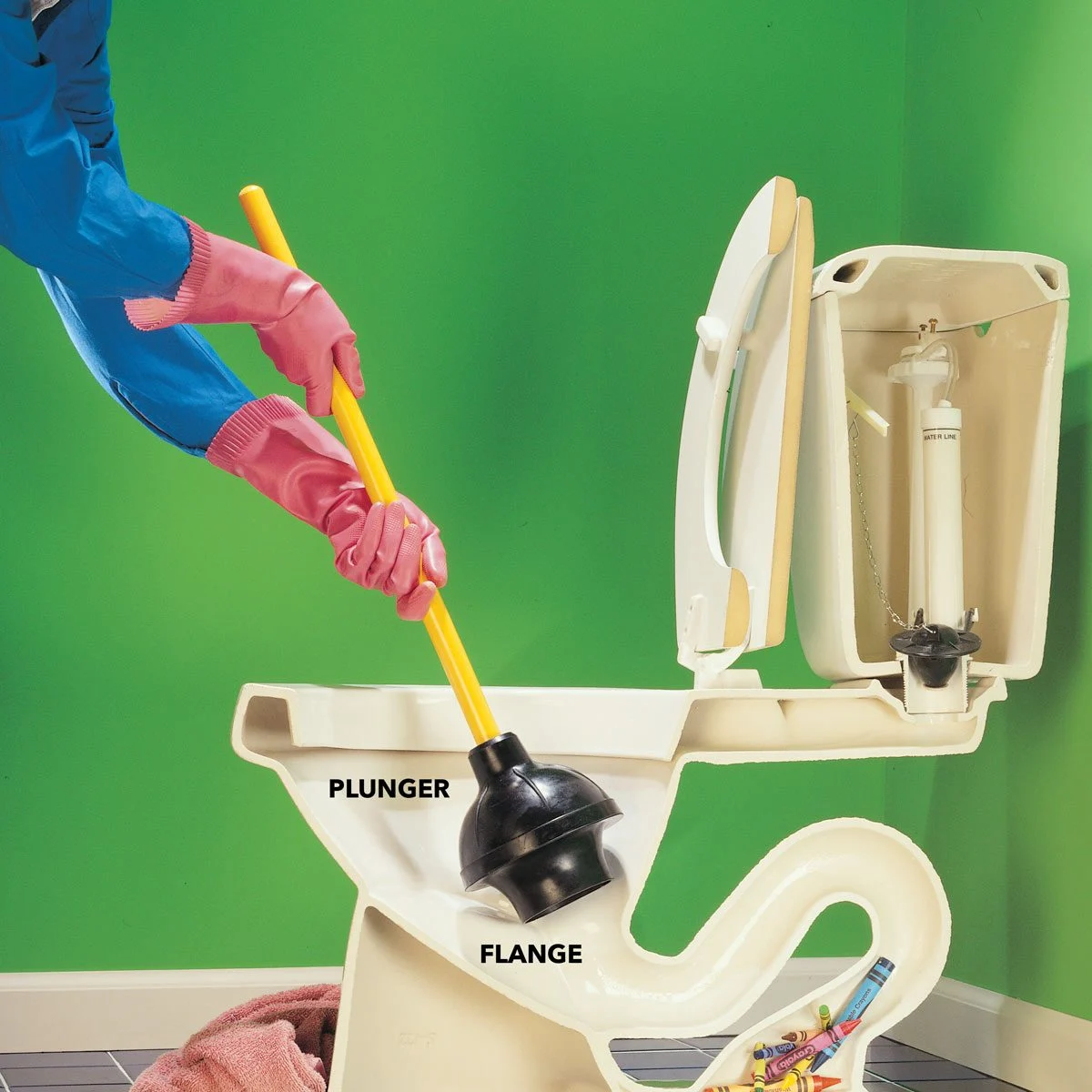
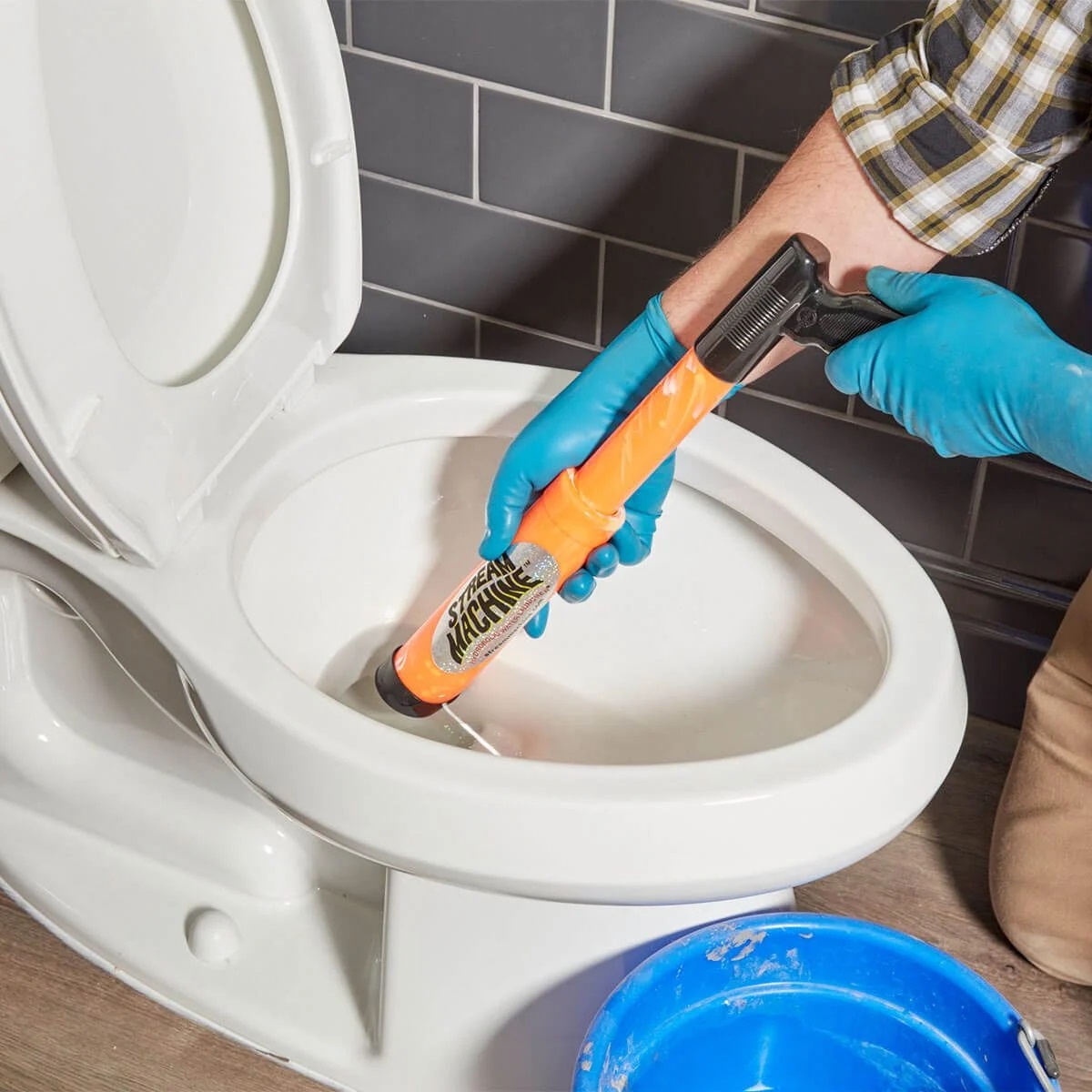
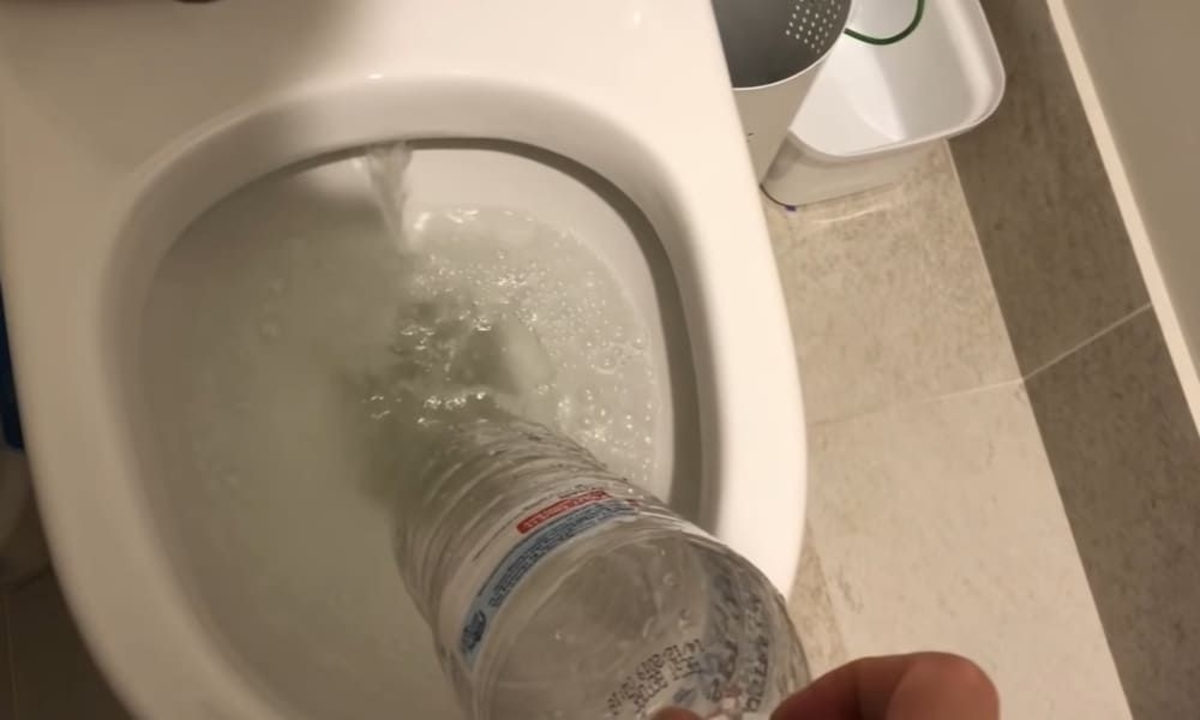
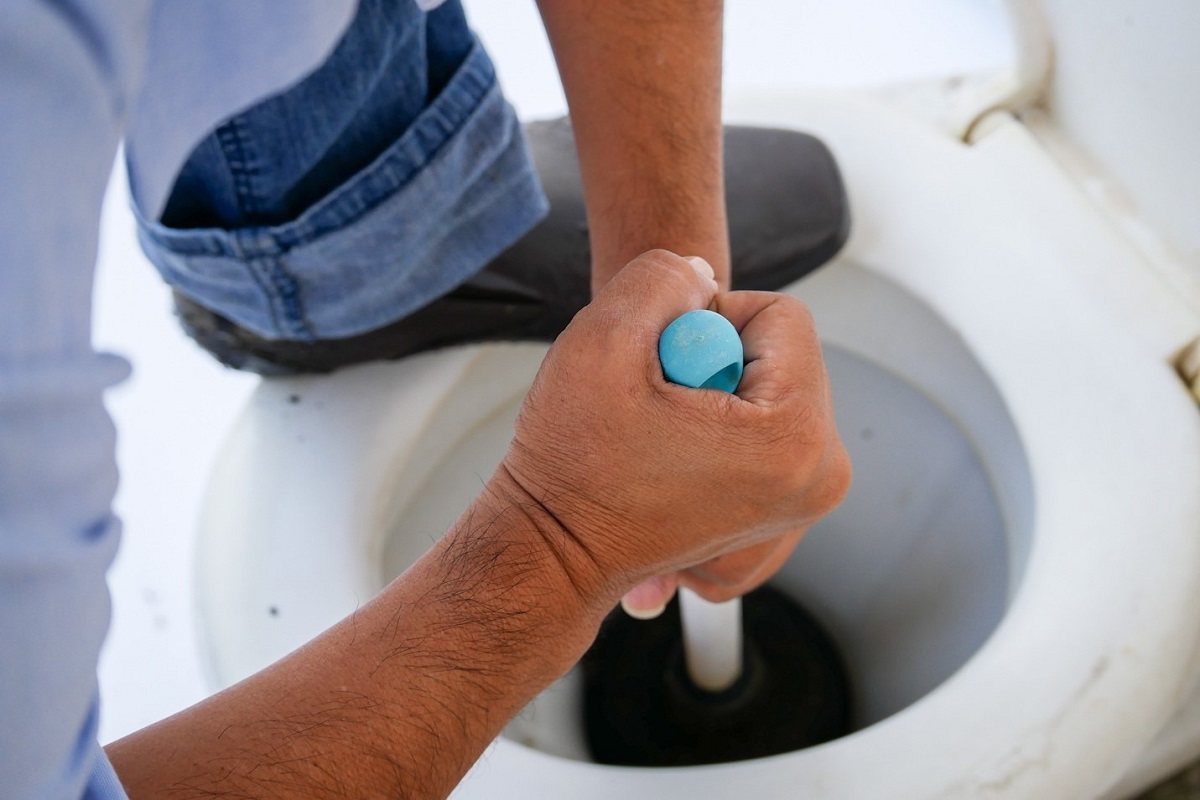
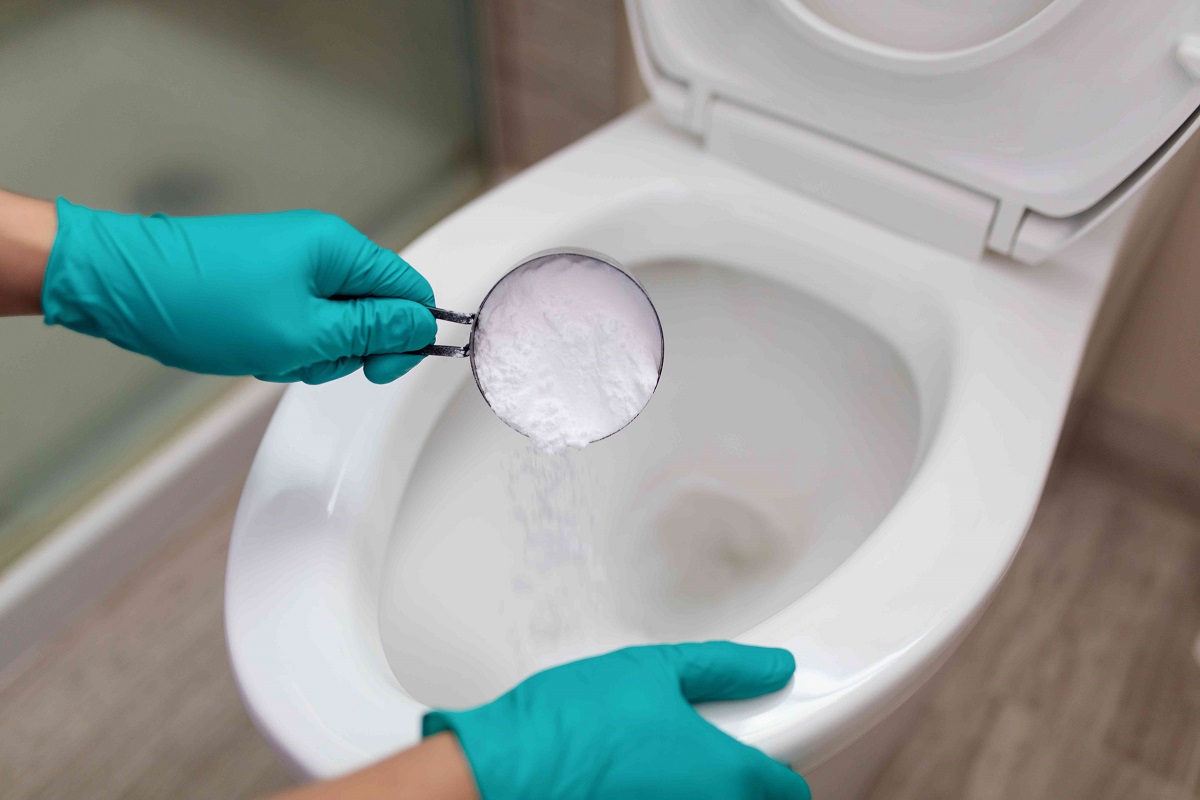
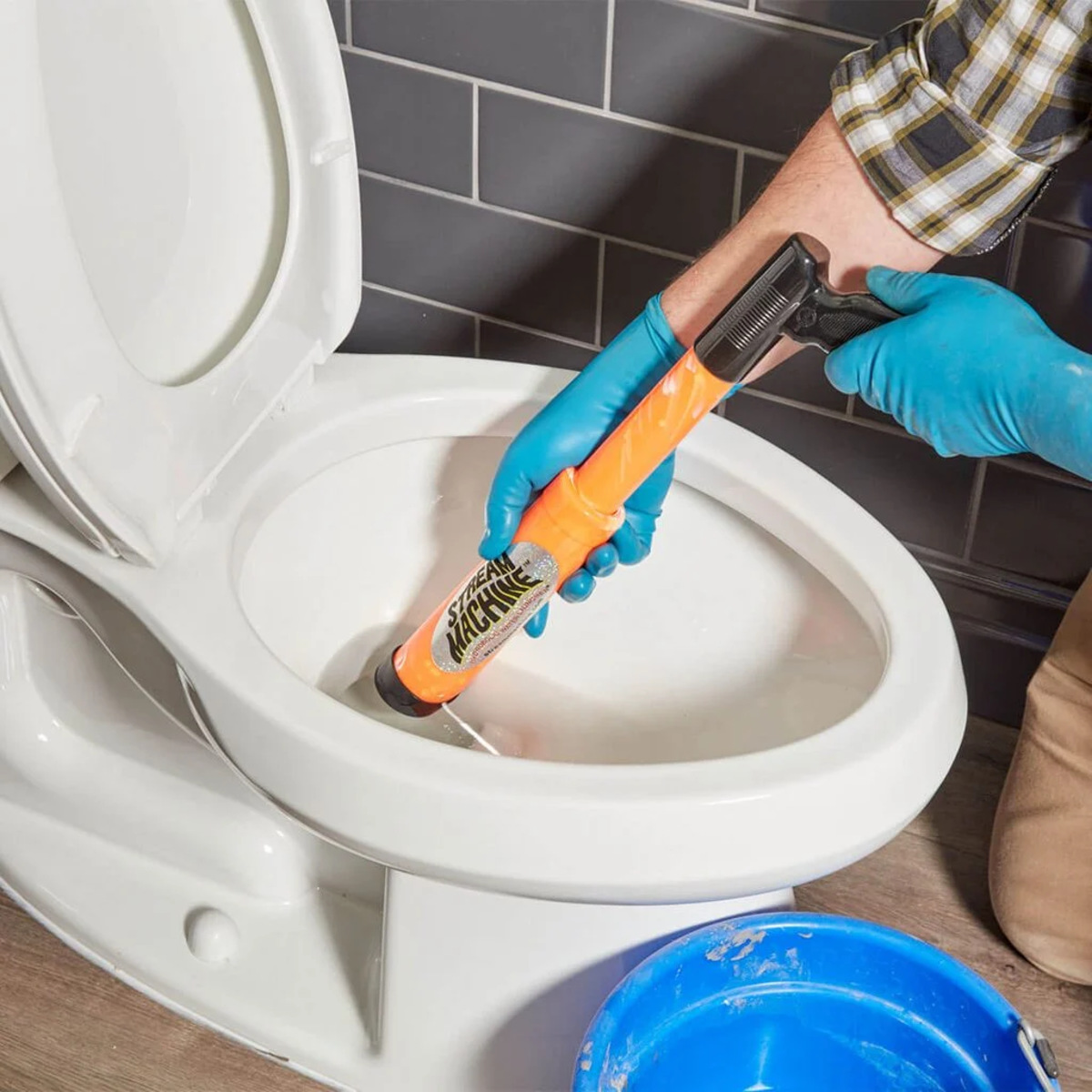
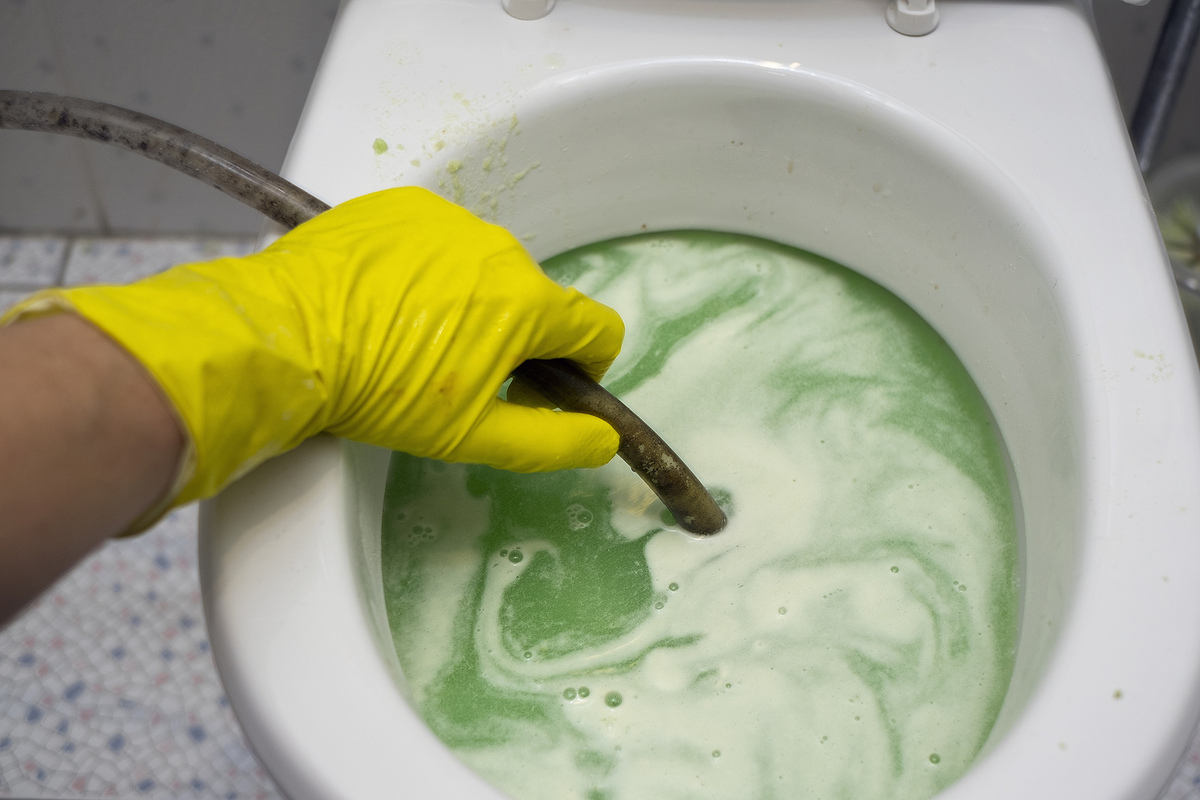
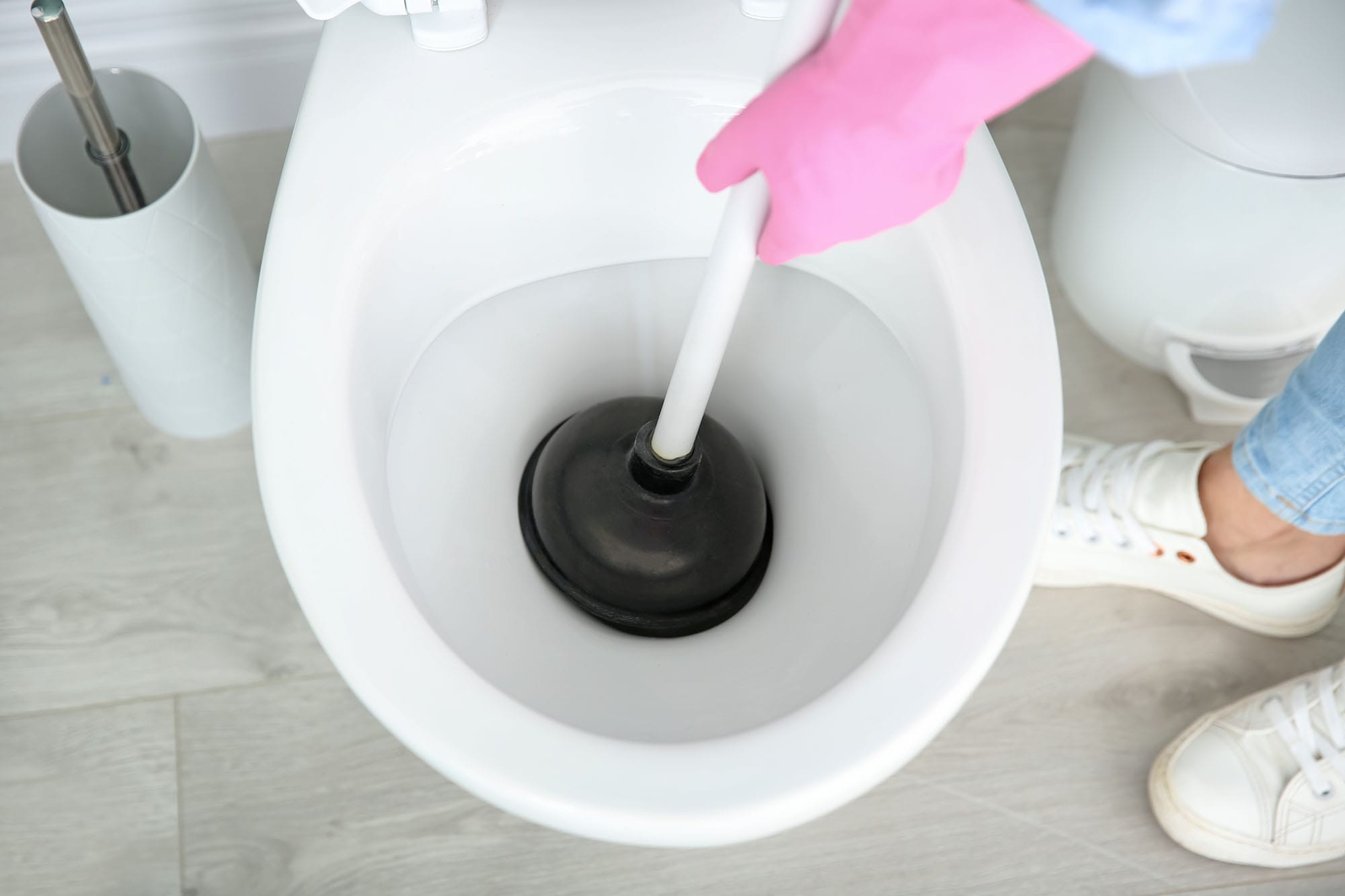
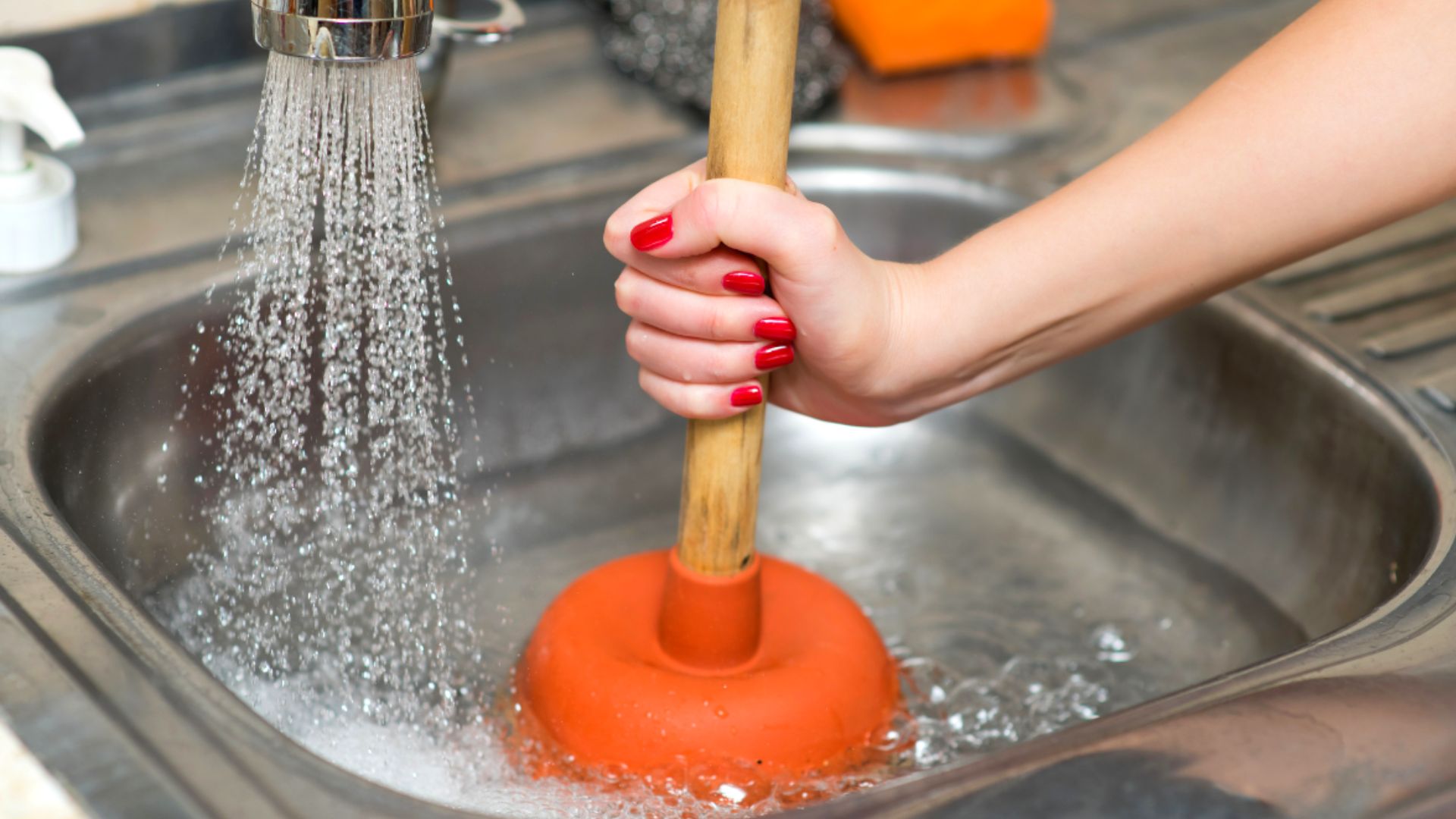
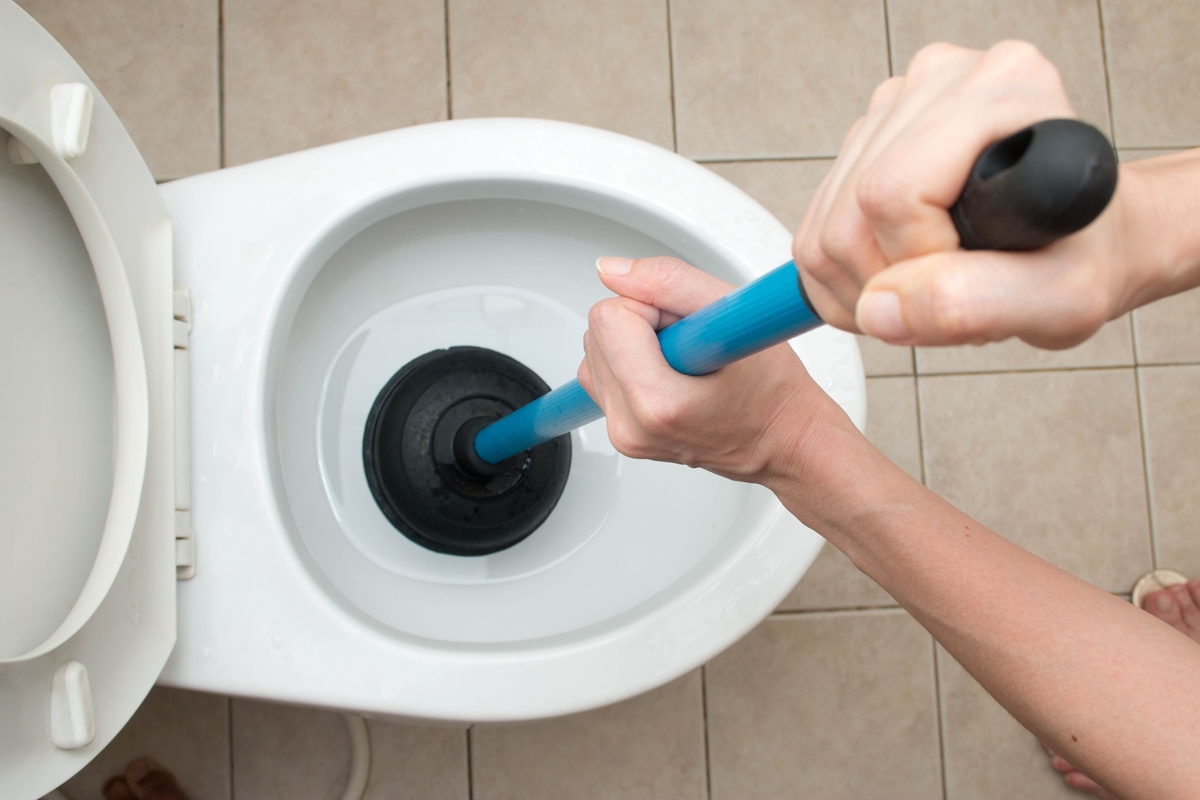
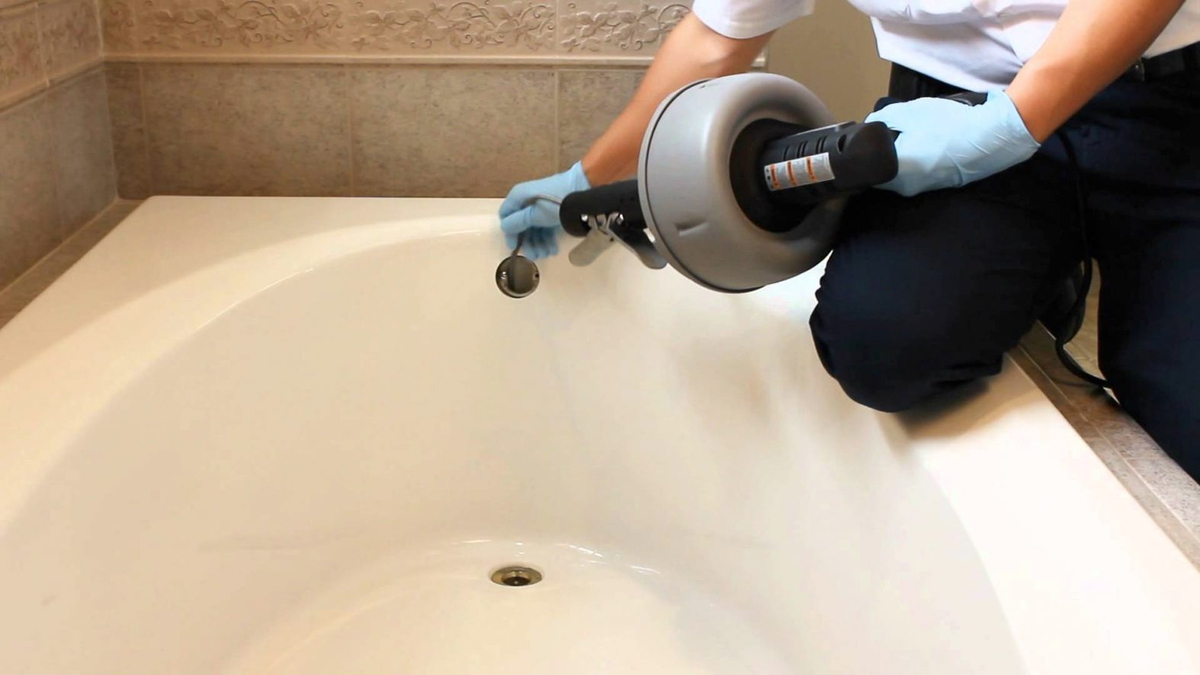
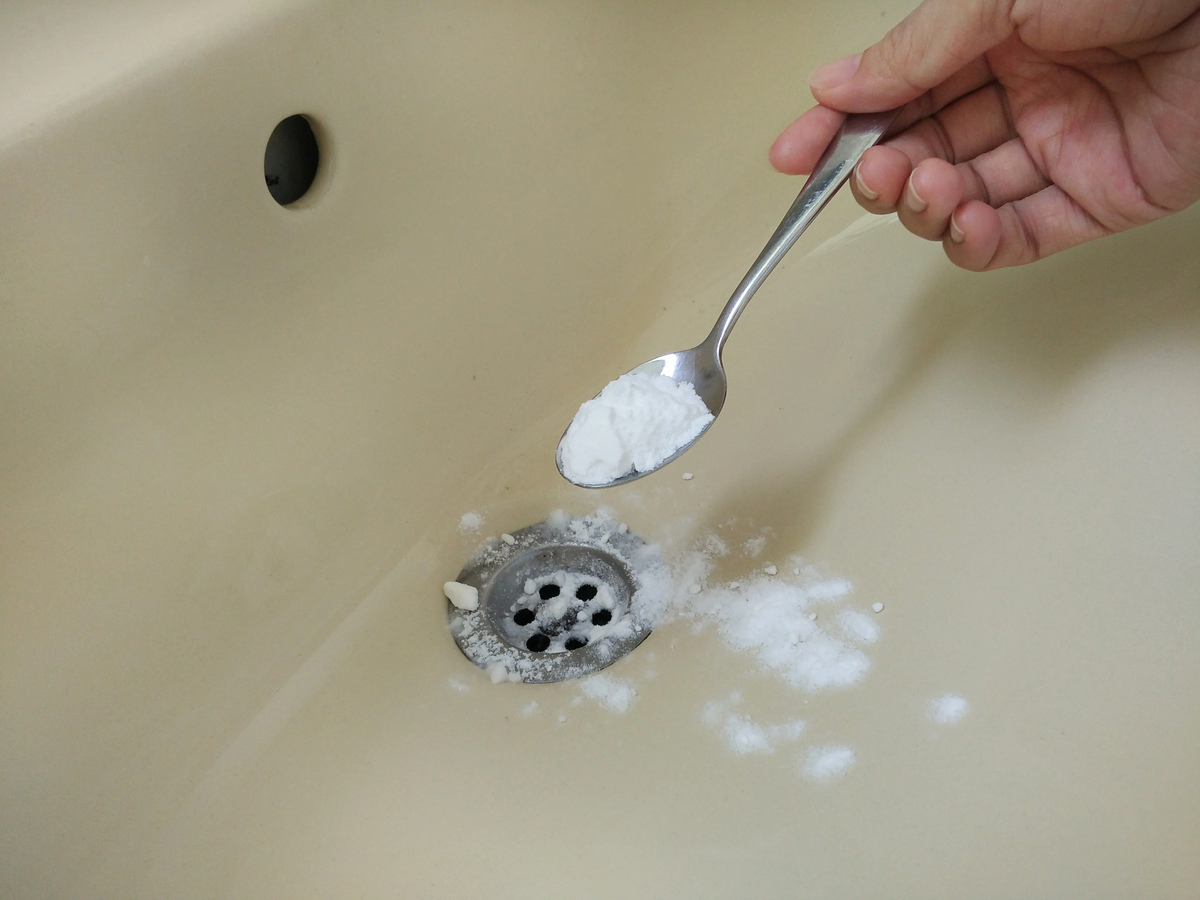
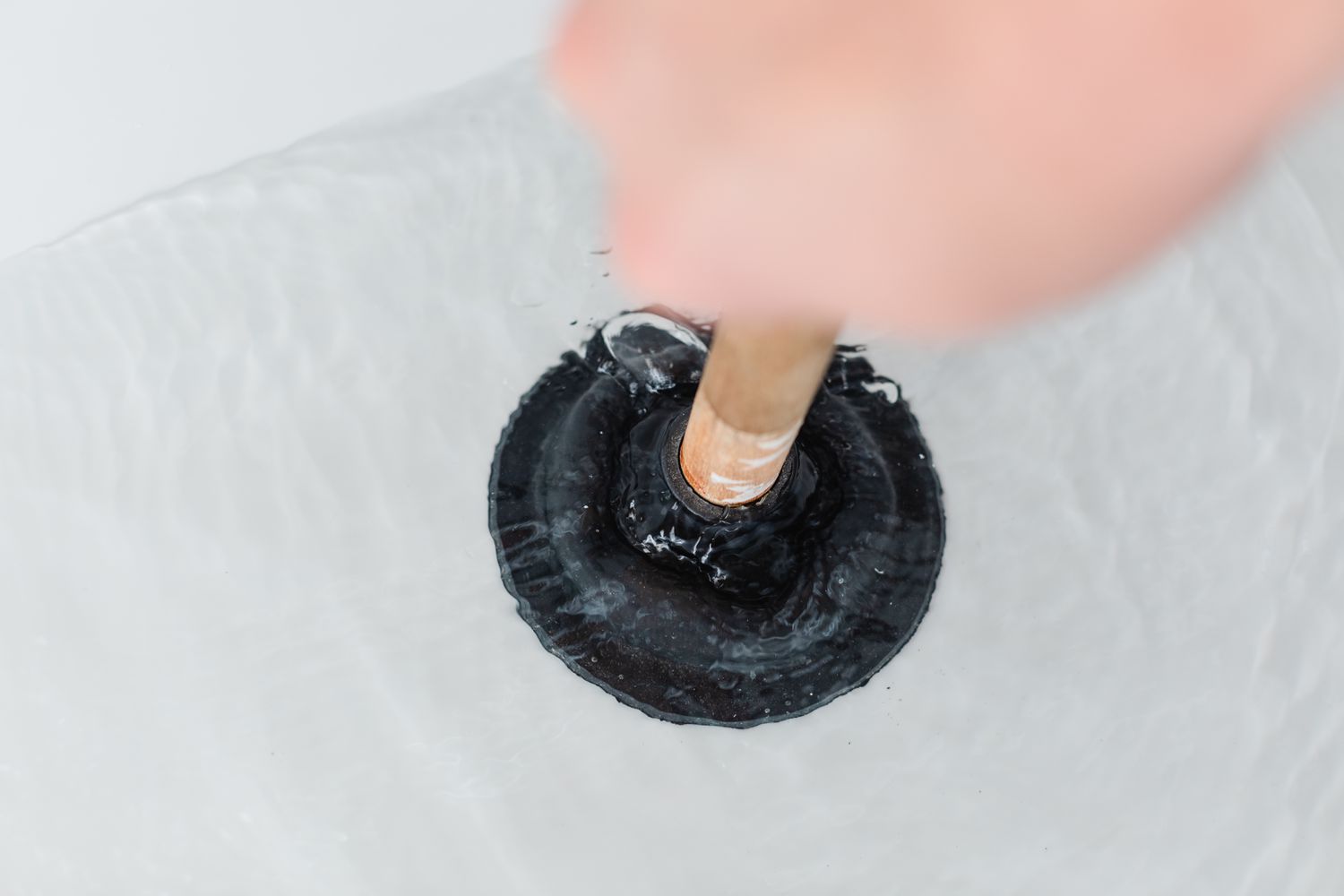

0 thoughts on “How To Unclog A Toilet When The Plunger Won’t Work”